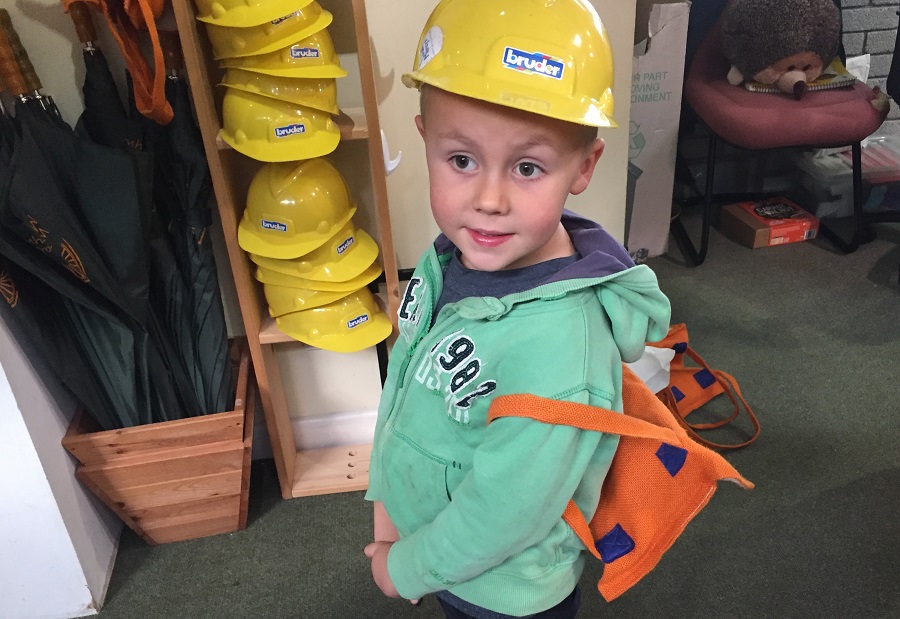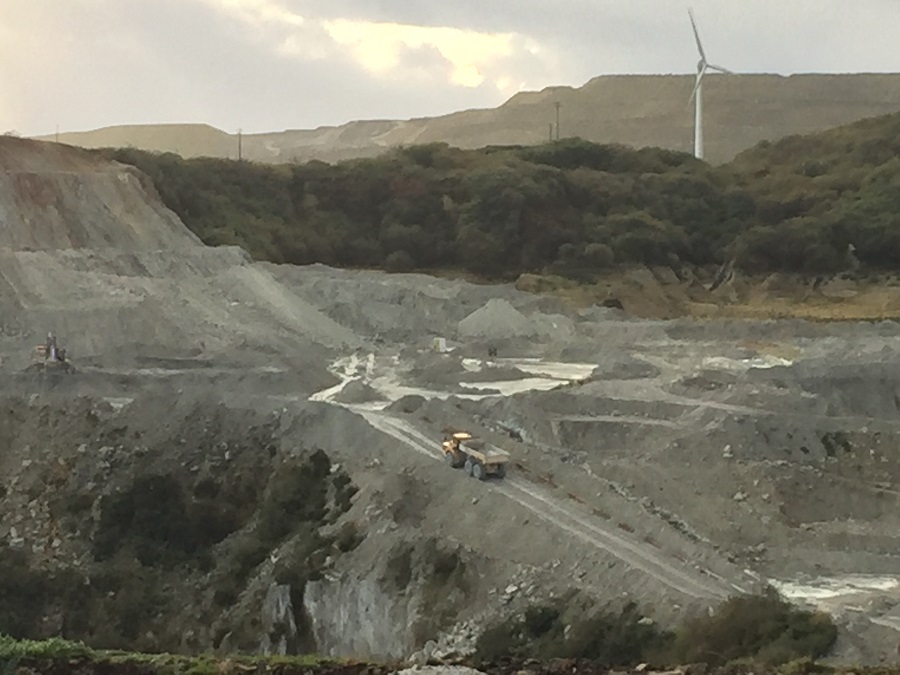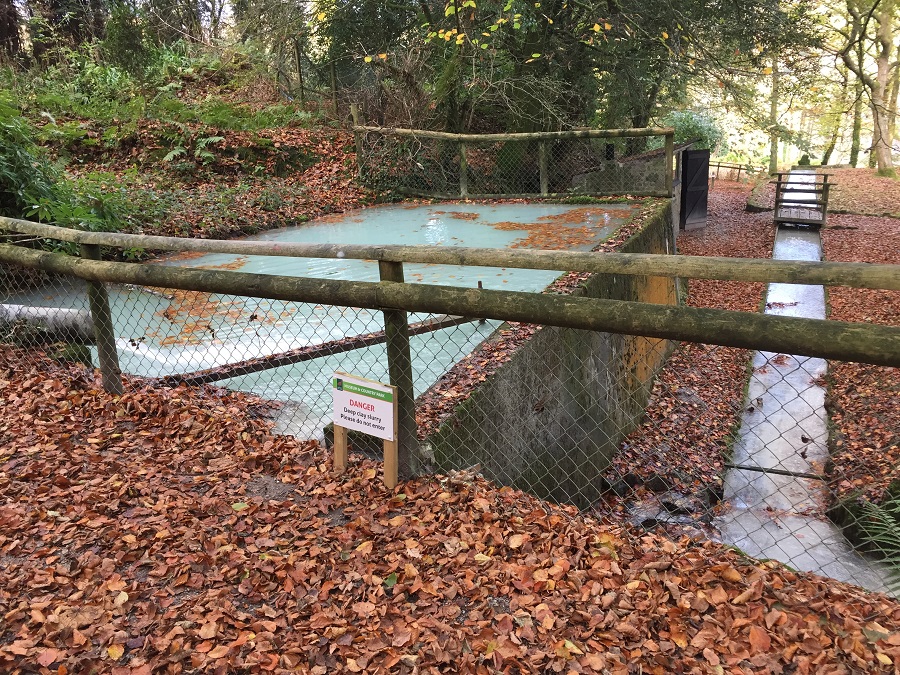Today we headed just a short distance from Bosinver to explore the fascinating history of the China Clay Industry at Wheal Martyn.
Wheal Martyn, located in the heart of Cornwall’s Clay Country just two miles north of St Austell, is home to the world’s only China Clay mining attraction and museum. Established in the preserved remains of two former Victorian clay works, it tells the stories of the industry, its workforce and surrounding communities in an atmospheric and truly special place.

The 26-acre site incorporates historic features, now protected by Historic England, including Cornwall’s largest working waterwheel, an engine house, flat rod tunnel, crib hut, kilns and clay work buildings. There are also woodland walks, an indoor discovery centre and exhibitions of local industrial artefacts, social history and vintage transport.

Do not be put off taking small children to Wheal Martyn because of the word ‘museum’. The historical side of things is really well presented, easy to understand and child friendly. I spent four hours there with four-year-old Sam and two-year-old Jasmine, mostly outside in November. The children live in Pentewan, a disused port, which is closely connected to the China clay industry. A railway was built there to ship the clay from the pits inland to the sea along the Pentewan Valley.
Unfortunately the waste from the mines upstream washed down and gradually silted up the harbour channel. All that is left now is a duck pond and channel choked with sand and weeds. The beach is made up of this coarse gravelly sand, and we also saw plenty of it on the tracks around Wheal Martyn.
When we arrived at Wheal Martyn we were given a teddy bear trail to spot hidden teddies amongst the exhibits. Sam donned an explorer helmet and backpack with binoculars and photos to identify. This kept the children’s attention all the way round. We spent a happy time learning about how the clay was won from the ground and how hard the men worked, especially those raking the powder in the heated clay dries. They wore wooden soled clogs and had to keep soaking them in water at intervals so as not to burn their feet!

We had lunch in their excellent cafe, with vintage china no less, and a very good homemade pumpkin and ginger soup. Afterwards we decided to follow the trail up to see the view over Greensplatt, a massive modern day working clay pit. We saw the high pressure water jets blasting the clay out of the soil. We also spotted several diggers and dumper trucks moving the waste rock and spoil to be ground into gravel for road stone and concrete products.

After the decline of tin and copper, China Clay took over as the most important industry in Cornwall. Its output has far exceeded the economic contribution of these old metalliferous industries. It is found in many everyday products such as ceramics, toothpaste, paint and glossy paper. The clay is now mostly exported by rail or ship from the harbours of Par and Fowey.

We really enjoyed our visit and learned a lot about an industry which has shaped the landscape around us. Best of all, we spent most of our day active, outside in the fresh air – always a plus for me!

Getting there
Wheal Martyn is in the village of Carthew, between St Austell and Bugle on the B3274. It’s approximately 10 minutes’ drive from Bosinver. Postcode for SatNavs: PL26 8XG
Useful information
Wheal Martyn is open every day between 10am and 4pm (closed Saturday 24 December – Sunday 15 January). For more information, see https://www.wheal-martyn.com.














